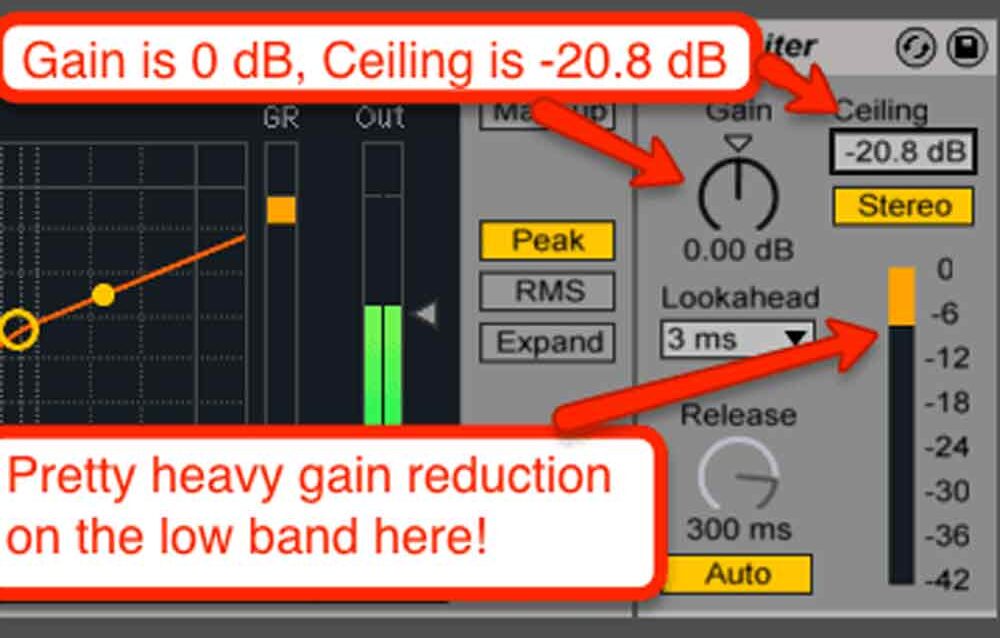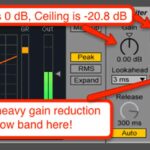Microphone Techniques
Over the last few years there’s been a lot of discussion and deliberation around the ethics of mastering engineers competing for the hottest possible signal to ensure their the mix/master stands out from the lot. Most of the problems that occur when pushing mixes in such a fashion is the fact that you’re losing out on the all-important aspect of the music which is dynamics. But what exactly is dynamic range and what makes it so important in music?
Simply put dynamic range is the over all difference in volume from the loudest peak comparative to the softest. Imagine a conversation with a friend while he walks around through different spaces in your house. Your speech would fluctuate in volume as he moved further away and be softer when he was closer, a sort of automated gain reduction and enhancement to ensure coherence. This is precisely the purpose of dynamic range.
In music compression is used to ensure the softest parts of your track are heard by using compressors to quash the highest peak and bring up the softer signal, making your overall signal more “even”.
Throwing a compressor on every element of your mix just because you can, will only work to reduce the overall dynamic range, leaving the entire track feeling stagnant or without movement. Waveforms are the best visual indicators of the dynamic range. As a producer not mastering his/her own work the most important thing to keep in mind is the overall dynamic range and giving your mastering engineer the space to enhance the track further. If you over compress the track even if you send it out for mastering at -6 Db you will not obtain the most ideal results since you’re mastering engineer is limited by the overall dynamic range between the instruments even though he has 6 Db to work with.
You can even segregate your sections whereby the intro and verse has more dynamic range and less RMS, while your chorus section has less dynamics and more RMS to really hit you in the face and work wonders on the dance floor. If everything is loud then your over all perception of the track is soft. Intelligently integrated bits of silence in the structure can work wonders especially when working with music catered to the dance floor.
In the end it comes down to your personal preferences when mixing and mastering your music. Too much dynamic range can make the music difficult to transition into in a DJ set while too much kills the very best details of your track. Like anything else it’s always a fine balance.




